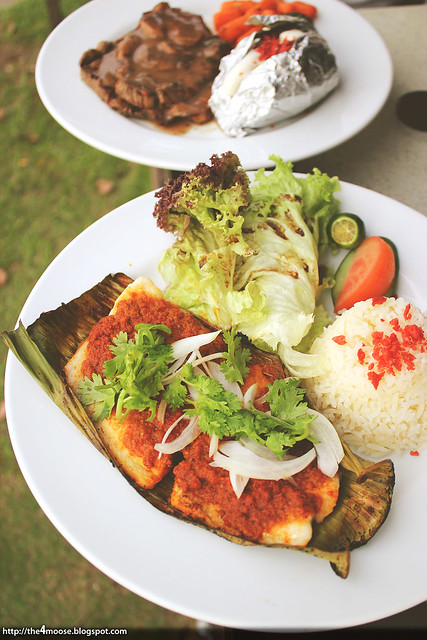29th July 2013.Pasir Ris, Simei and Tampines will bring back memories for those who have been to Pulau Tekong. But for a perm staff like me, Changi Village was an equally sentimental place where I used to go for nights out or food after booking out from camp.
One of my favourite places besides Changi Village Food Centre’s
Ipoh Hor Fun was Bistro@Changi where I had company cohesions, birthdays, the once-in-a-while treat after a tough week,
reunion and
ORD during my time on Tekong.
It is a relatively exclusive little eatery located at Changi Beach Park where you could enjoy the cooling sea breeze (straits actually) and watch planes descending upon Changi International Airport. For a plane spotter, this is the place to be where you can enjoy food, drinks and do plane-watching.If possible I would normally start off with a bowl of their signature
Mushroom Soup (5.90 SGD). A well-balanced creamy mushroom soup with comes with a slice of garlic bread.
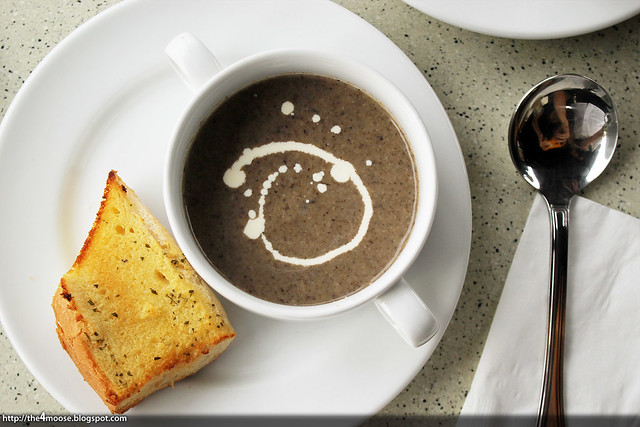
My favourite item on the menu is their
Flame Grilled Chicken Chop (15.90 SGD) formerly “Hickory Chicken Chop” but still the same. It was the good old tender boneless chicken chop marinated with a tasty hickory barbeque sauce.
Still on their menu after 4 years is the
Sambal Fish, grilled dory topped with spicy (very spicy) sambal sauce and served with buttered rice.
However, my new favourite on their menu has got to be their
New Zealand Lamb (19.90 SGD), a beautifully grilled “to perfection” leg of lamb served with a delicious peppery sauce.
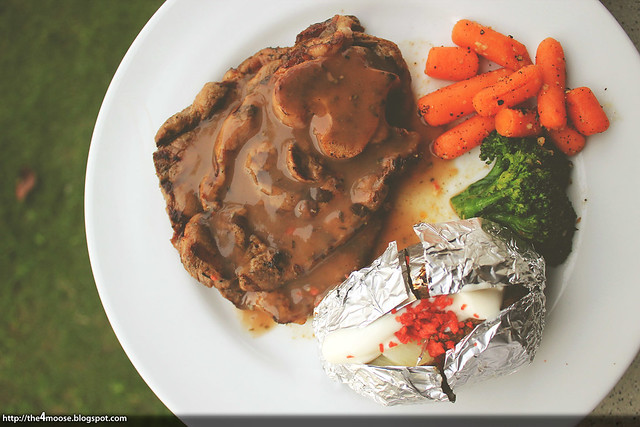
If you just want something to chill out such as snacks or light bites. Their
Ultimate Nachos (8.00 SGD) is still on the menu. Crispy nachos served hot and topped with mozzarella cheese and jalapeno chilli with a salsa dip at the side, a perfect comfort food to spend the evening with some nice drinks from the bistro’s bar.
Otherwise, you can go local with the
Bistro’s Satay (11.90 SGD). It may be pricey for a satay at 1.90 per stick but these are some really good satay comparable with Chuan Kee’s at Old Airport Road.

Currently they are figuring out a name for a special cocktail. I shall just call it the
“Changi Calamansi” for now. It is a cocktail with lime and sour plum which is very refreshing and rather sweet. They have two versions. Version 2 has a stronger punch of alcohol while version 1, my preference is more enjoyable for relaxing atmosphere along Changi Beach.
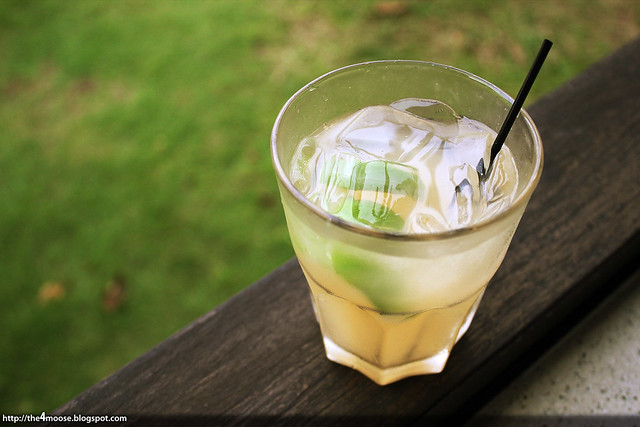
I would like to come back here again for their
Tom Yum Mussels or
Barramundi in Thai Sauce if I do visit Changi Village again or cycle there from East Coast. The place is unpretentious, the food is decent, the ambience is top-notch (if you don’t mind alfresco dining) and the place holds great sentimental value for me.
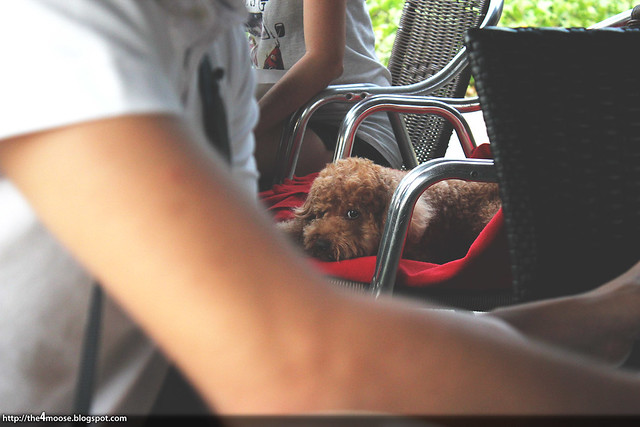 Bistro@Changi
Bistro@Changi260 Nicoll Drive
Changi Beach Carpark 1
Singapore 498991
Operating HoursMon - Thurs 12pm - 11pm
Fri, Sat 12pm - 1am
Sun 10am - 11pm
How to Get There:Bus Services : - 89, 19, 9
Alight at Changi Beach CP 2 Bus Stop.
Special thanks to Brandon for the invitation back to this memorable place!


























